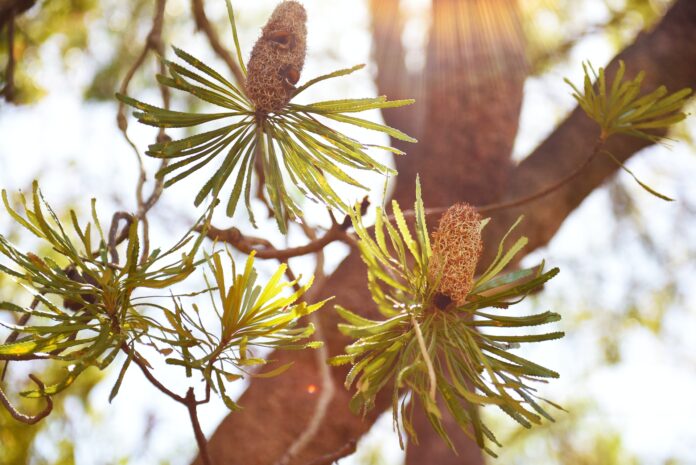Native plants are a great way to add color and interest to your landscape during the winter season. They also attract local wildlife, creating a more vibrant and dynamic environment. You can find these plants in a native plant nursery in your area. Here are six native plants you can use to brighten up your winter landscape:
1. Red Osier Dogwood (Cornus Sericea)
With its deep red bark and stark white flowers, this shrub stands out against the dull colors of winter. It thrives in wet and marshy areas, making it a great addition to a wetland garden or near a stream. In the fall, the leaves turn a beautiful shade of red, adding even more color to your property. This shrub is easy to care for, as it can withstand cold temperatures and requires little maintenance. Occasional pruning can help promote its colorful bark and overall health. Red Osier Dogwood also provides food and shelter for wildlife during winter. Talk to the experts at your local native plant nursery to learn more about planting and caring for a Red Osier Dogwood.
2. Virginia Rose (Rosa Virginiana)
The Virginia Rose plant has been used for centuries as medicine and food by various Native American tribes. The plant thrives in colder weather, making it a great addition to your winter garden. After the bright pink blooms drop in the fall, the red rose hip fruits can be seen in the winter, adding color to an otherwise bleak landscape. Not only is it aesthetically pleasing, but the Virginia Rose also attracts pollinators like bees and butterflies. This plant requires minimal pruning and can be grown in various soil types.
3. Red Chokeberry (Aronia Arbutifolia)
This multi-stemmed plant is about six feet tall and provides year-round visual interest. During spring, flat-topped clusters of white flowers with red anthers bloom in abundance. During fall, leaves turn rich orange-red, complementing the shrub’s bright red, pear-shaped fruit. The reddish-brown bark also adds color to the winter landscape. The red chokeberry fruits provide sustenance to game birds, songbirds, and bears but are mainly used to add visual appeal to landscaping projects.
4. Winterberry (Ilex Verticillata)
This deciduous holly plant does well in moist, acidic, organic loams. The shrub has an upright-rounded growth habit reaching up to six feet tall. It produces bright red berries that persist throughout the winter and into early spring. Winterberry is renowned for bringing year-round color and aesthetic appeal to gardens. It is often used as a mass or group plant in shrub borders, foundations, native plant areas, and bird gardens.
5. Staghorn Sumac (Rhus Typhina)
Staghorn Sumac is a native flowering plant that can add color to your winter landscape. This plant is known for its stunning red foliage in the fall and leaves that resemble a stag’s horns. Its red flowery seed pods can be seen throughout the winter season, bringing color to your garden. Its berries are also a food source for birds during the winter and support the local ecosystem. This plant is hardy, can withstand cold temperatures, and thrives in poor soil conditions. Staghorn Sumacs are low-maintenance plants that require little care, making them an ideal addition to any landscape.
6. Swamp Rose (Rosa Palustris)
This is a native perennial shrub in the eastern United States that presents a spectacular sight in the winter landscape. It grows up to seven feet tall with arcing branches that bear light pink flowers, one to two inches in diameter. The deeply divided pinnate leaves and leaflets add to the charm of this plant. Swamp Rose thrives in slightly acidic, wet, moist soils near stream banks, swamps, and marshes. The rose can tolerate partial shade or full sunlight. Its pink blossoms last through the summer, and the red, fleshy rose hip fruits attract birds through the winter.
Visit a Native Plant Nursery Today
Planting native plants is a great way to add vibrant color and life to any winter landscape. By exploring your region’s native plants, you can add a luscious array of winter foliage, vibrant colors, and interesting shapes to your garden. Native plants can also provide food and shelter for birds and other wildlife during winter, supporting the local ecosystem. Visit a native plant nursery near you to select the right native plants for your property.


The content Team Writer is one of the writers from our team of content writers. The Business Goals blog is expanding day by day and we need more writers and brand ambassadors for promoting our media website. If you are interested contact your portfolio through the Write for Us page.
















































